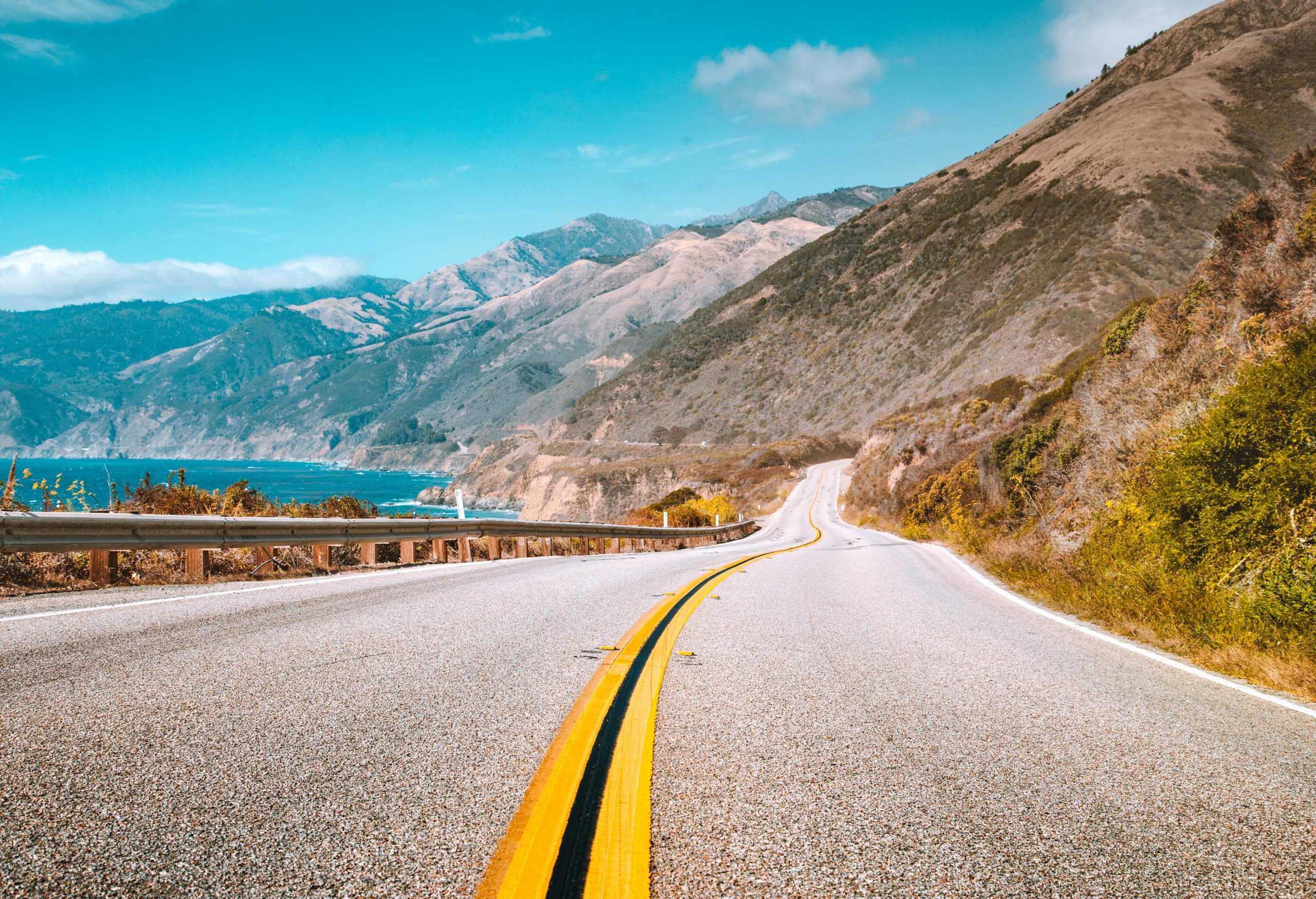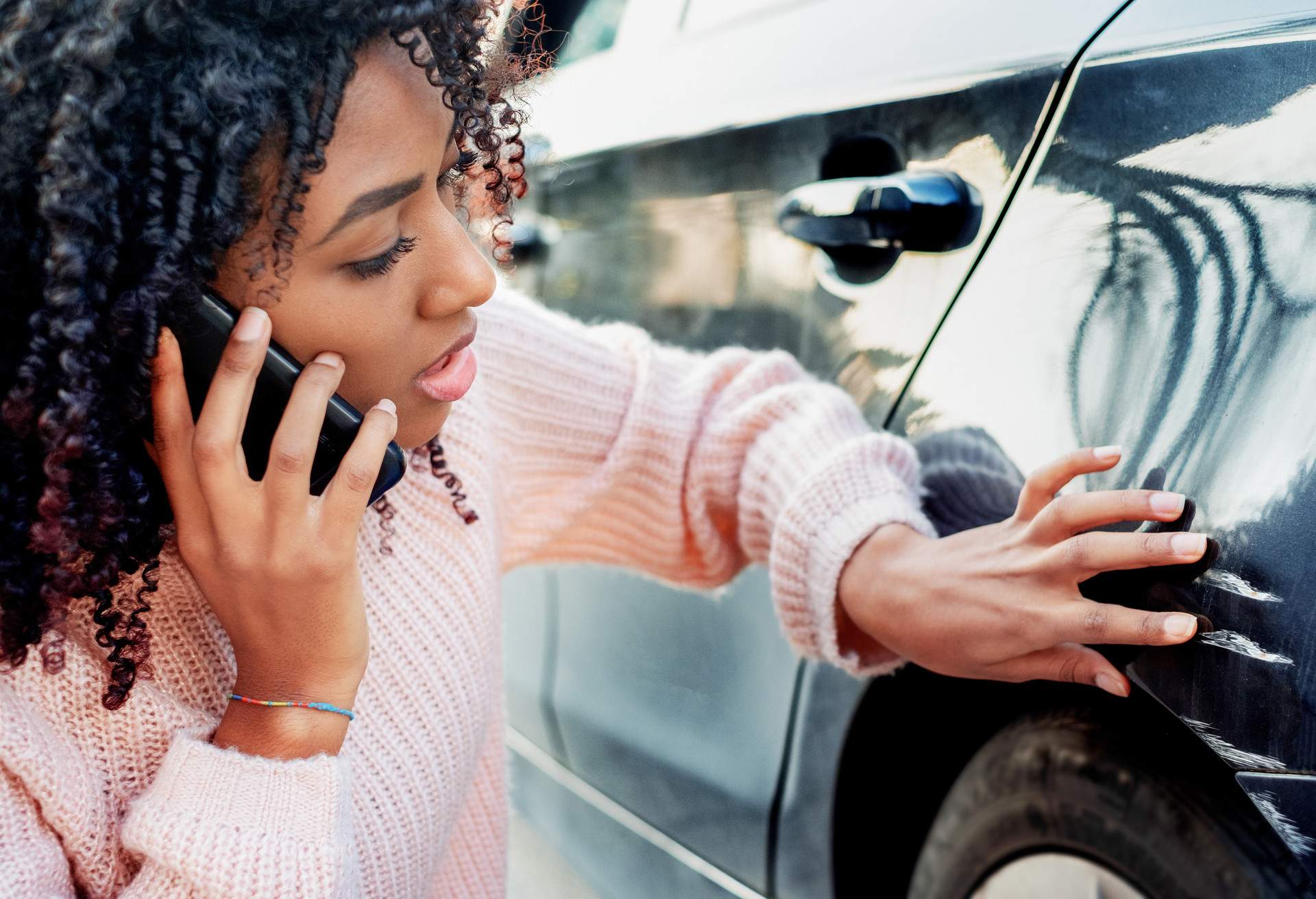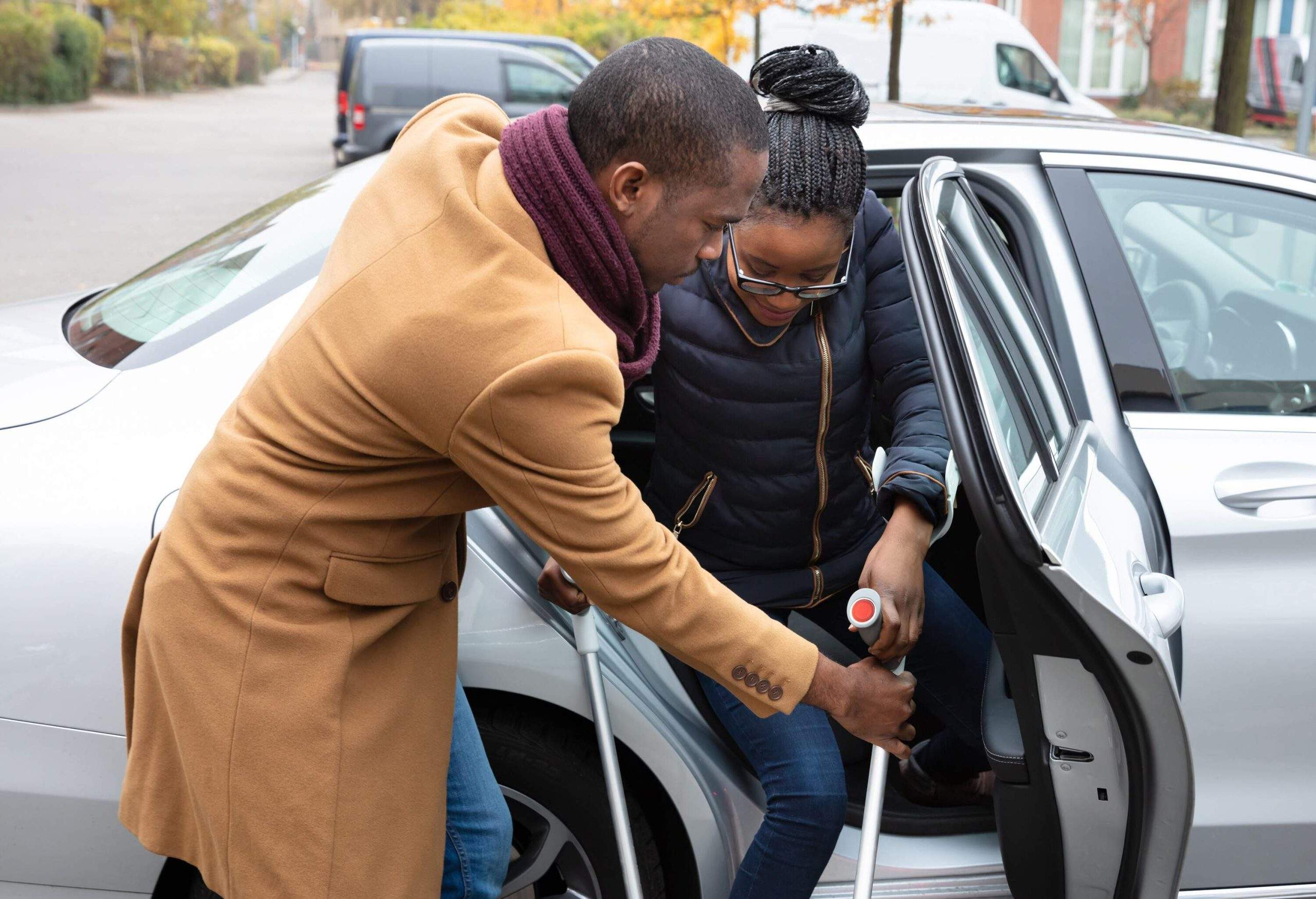If you plan to rent a car for an upcoming trip, knowing what to do in the event of an accident and who is responsible for paying for car rental damage can save you stress, money, and time.
What should you do if you have an accident with a rental car?
Getting into an accident at any point can cause a lot of stress. Knowing what to do when you get into an accident with a rental car can make the entire process much easier, and save you thousands of dollars. You’ll want to take all necessary precautions to avoid disputes about who pays for the damages.
Step 2
Take pictures and share contact information
Get the contact and insurance information of any other drivers involved in the accident. Collect the names of any passengers and eyewitnesses. Note the makes and models of all the other vehicles involved, and their license plates.
Before moving the rental car anywhere, get information about the location of the accident, like street names, and take photos of anything of importance at the scene. You should also take pictures of any rental car damage as many insurance companies will ask you to upload photos online when filing a claim.
Step 3
Contact the rental car company
Next, contact the car rental company. You can usually find the phone number on a sticker in the glove box or somewhere else in the vehicle’s interior. They will tell you how to proceed and answer questions regarding insurance such as, “What do I do, I damaged my rental car?”
Step 4
Contact your auto insurance company
Contact your personal insurance company to inform them of the accident. You may want to ask the following questions:
- Will the insurance company contact the police to file an accident report?
- Do you have collision and comprehensive coverage on your policy?
- What is your deductible?
Step 5
Determine who’s responsible for paying for car rental damage
How much you must pay depends on your auto insurance policy as well as whether you purchased additional insurance through the rental car agency.
If you didn’t purchase a damage protector like a loss damage waiver, your insurance company will usually pay the rental company if your policy provides first-party coverage. This means that no matter whether the accident was your fault or not, you’ll have to pay your policy’s deductible to the rental company.
If you don’t have rental insurance on your policy, you’ll still have to pay for any additional days that you were supposed to have the rental car, even if you can’t use it.
If you purchased additional insurance or a car rental damage waiver through your rental company, your claim is handled differently. Not all policies are the same, but some offer complete accident coverage. You may only need to pay the policy premium to the rental car company as well as the deductible from your own insurance policy.
Before you drive a rental car
Need a good road trip tip? Inspect your rental car thoroughly before leaving the lot.
Rental car companies keep records of their vehicles so they can track and charge you for any damage. They use a check-out form when you drive your rental car off the lot and then a check-in form when you bring it back. By comparing these two forms, they can note any changes in the condition of the vehicle.
During inspection, take your own pictures and videos. This will give you evidence to handle disputes in the event of car rental damage. Photos protect you from any unfair damage claims, a common source of complaint among rental car customers.
A few tips to consider:
- Take time-stamped photos and videos of both the interior and exterior of the vehicle.
- Focus on areas susceptible to damage.
- Get close up photos of the doors and bumpers on the vehicle’s exterior and the floorboards and dashboard on the interior.


Learn More
Rental car damage FAQ
The responsibility falls on drivers to take the next steps. Don’t forget to:
- Make sure the scene of the accident is safe.
- Exchange information with any other drivers involved.
- Contact the rental company. They will tell you how to proceed, especially if the car is damaged to the point that you cannot drive it. Usually a sticker inside the glove box will list an emergency number.
A collision damage waiver, or CDW, will protect you from having to pay for car rental damage caused in an accident. If you don’t get a loss damage waiver through the rental company, your auto insurance company will be responsible for paying for any damage.
If your rental car gets a flat tire you will likely be responsible for the repair or replacement unless you have some sort of insurance coverage – either through your personal insurance policy, the credit card you used when booking the car, the rental company’s roadside assistance, or another third-party insurance coverage you add to your rental. Your liabilities and the extent of insurance coverage can vary depending on the policy and company you rent with, so it’s important to read the contract with any company you rent or purchase insurance from to see if they cover flat tires.
Even if you purchase the damage protector, you may still be responsible to pay for expenses. Insurance offered by car rental agencies covers damage to the vehicle and protects you from theft. However, it won’t cover bodily injury caused by an accident. If you need coverage beyond the damage protector, you may need additional insurance, such as travel insurance or health insurance, to cover any injury or damage to personal belongings inside the car. To learn more about insurance and how it works, check out our guide to rental car insurance.


